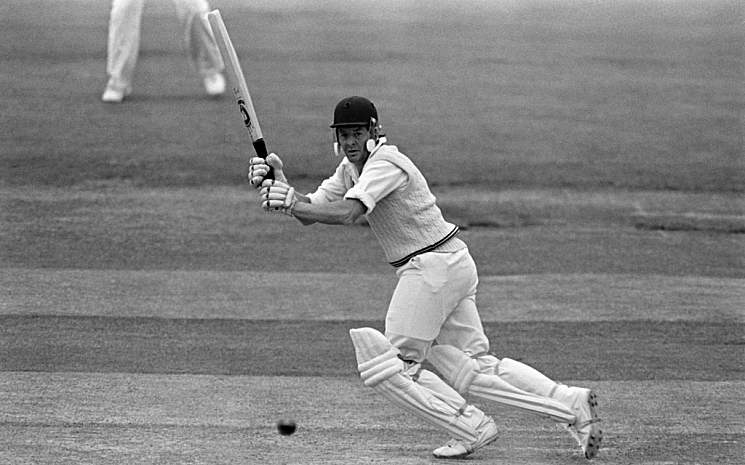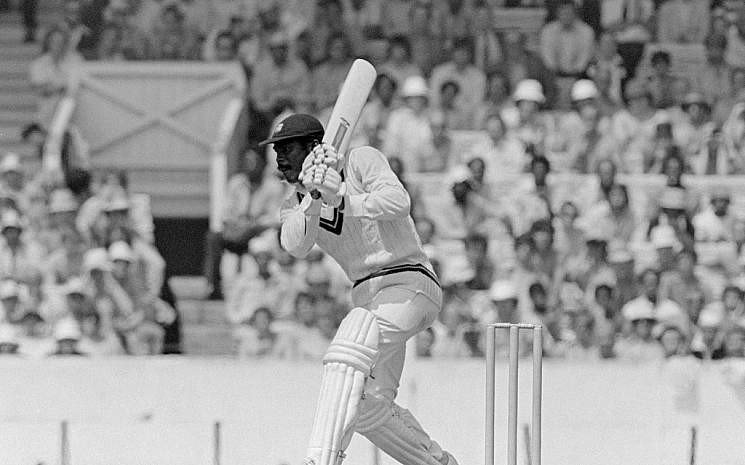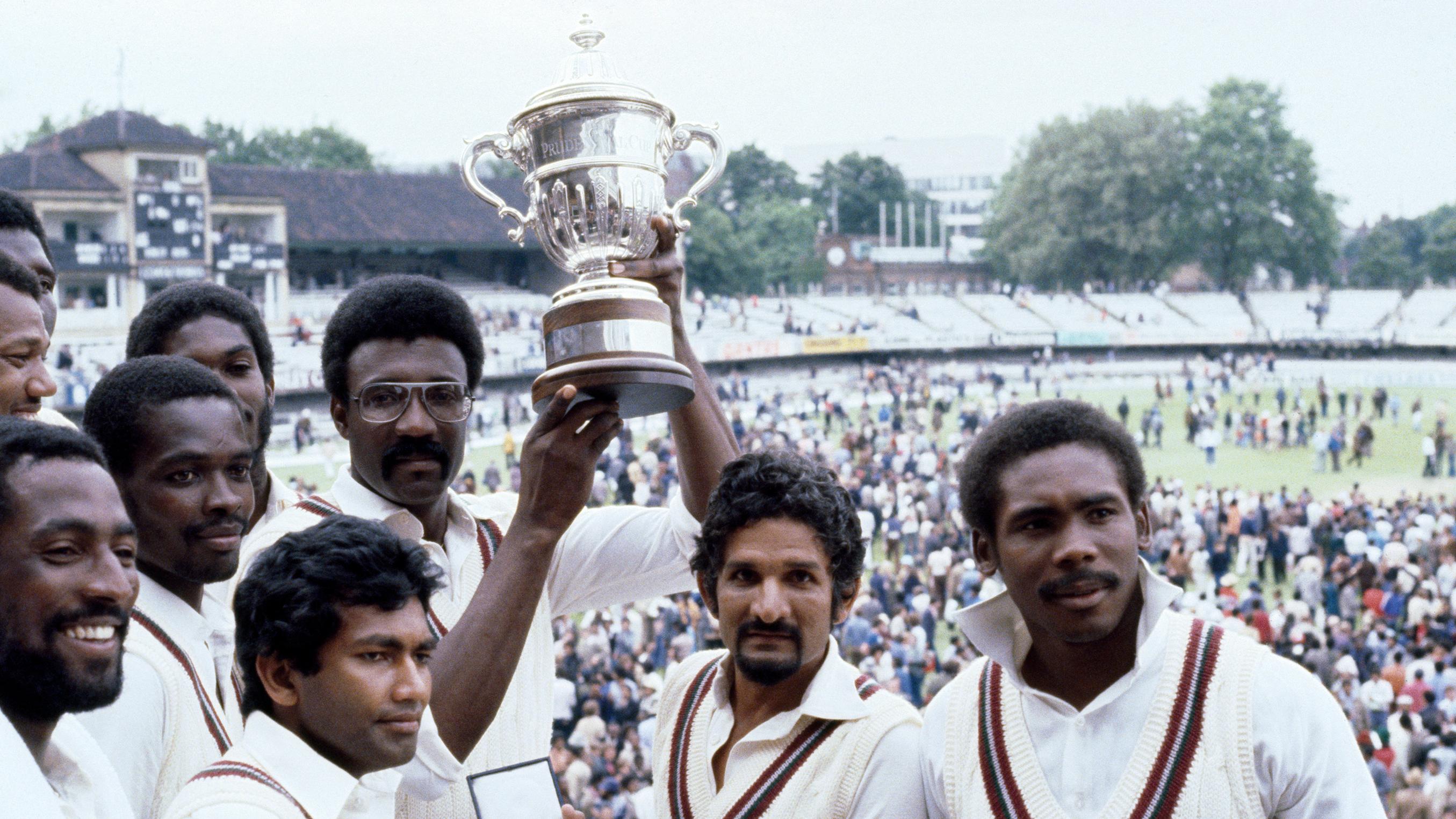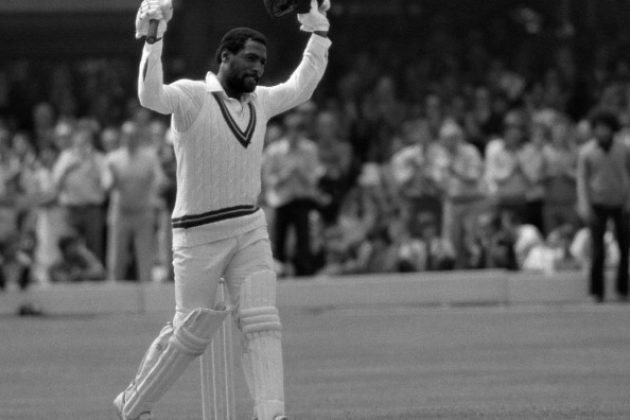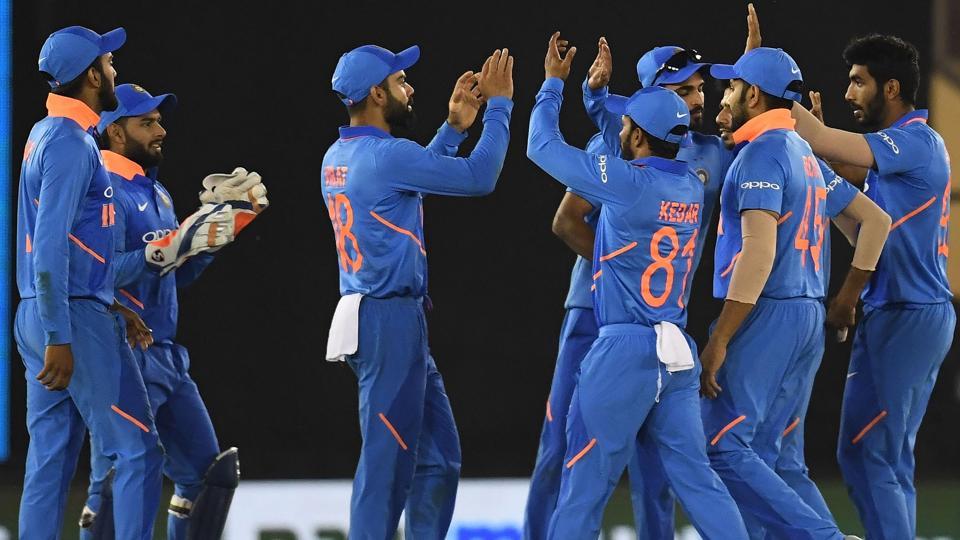History of Cricket:- Cricket has now become an international passion, which is played everywhere. Be it the World Cup or the cricket played at the village arenas, the enthusiasm for the audience and the players remain unaltered. We all love to watch the various tournament and how much do we know about the game. How old is the game? Moreover, where did it get its name?
Origin Of The Name
History of Cricket:- There are multiple opinions about the origin of world cricket. As per various old references, the word was preliminarily spelled as a cricket”. The origin of the term may even be from the Middle Dutch Krick(-e), meaning a stick; or the Old English critic or cryce meaning a crutch or staff, or the French word criquet meaning a wooden post. As once mentioned by Heiner Gillmeister, the term cricket is derived from the Middle Dutch phrase for hockey, met de (krik ket)sen (i.e., with the stick chase). The probability may also be that the terminology of cricket was based on words in use in south-east England at the time when there were trade connections with the County of Flanders, especially in the 15th century when it belonged to the Duchy of Burgundy. It is often assumed that many Middle Dutch words got themselves incorporated into southern English dialects.
History Of Cricket | The Beginning
History of Cricket:- The origins of cricket dated back to the Dark Ages – probably after the Roman Empire. It is mostly believed that it was around the time before the Normans invaded England and other parts of Northern Europe. As per various historical shreds of evidence, the game was derived from a very old, widespread and uncomplicated pastime where one player served up an object like a small piece of wood, and another player used to hit it with a suitably fashioned club.
How this game of fashioned club gradually developed into cricket is not exactly known. There is also hardly any evidence that could trace back the origin of points awarded depending upon how far the hitter was able to despatch the missile. There is also not much evidence about what was the deciding factor of placing wickets on either end of the pitch.
The game was always very much part of the Celtic, Scandinavian, Anglo-Saxon, Dutch and Norman-French traditions. Historians claimed that medieval development of the game happened due to high-born country landowners.
Many cricket scholars agreed to the fact that Tudor times cricket had evolved far enough from club-ball to be recognizable as the game played today. From England, the game gradually spread to many parts of Kent, Sussex, and Surrey and within a few years, it became an integral part of leisure time at a significant number of schools.
History Of Cricket | Cricket, & England
History of Cricket:- Many historians believe that it was the children responsible for the intent of the game. The children of the Weald, a dense woodland in the south-east of England used to play this game. But the game was adopted as an adult sport in the year 1611 and in the same year the game gained its fame as a boys’ game.
Village cricket had its origin somewhere in the middle of the 17th century. The second half of the century witnessed the formation of first English “county teams”. The “local experts” from village cricket hold the position of the earliest professionals. The teams first started using their county names back in 1709.
By the first half of the 18th Century, the game was successful in establishing itself as a leading sport not only in London but also in the south-eastern counties of England. Although many argue that constraints of travel were responsible for its limited spread. Gradually, the concept of Women’s Cricket came in 1745, and the first known match was played in Surrey.
In 1744, the first Laws of Cricket were formulated and subsequently amended in 1774. People started getting accustomed to terms like lbw, a 3rd stump, etc. Gradually the concept of the middle stump and a maximum bat width were taken into account. It was the members of Star and Garter Club who founded the famous Marylebone Cricket Club (MCC) at Lord’s in 1787. MCC quickly hold the position of the custodian of the Laws and has made revisions ever since then to the current day.
Rolling the ball along the ground was considered old-fashioned sometime post-1760 as by then the bowlers began to pitch the ball. By then, the straight bat took the place of the old hockey-stick style of bat. But the most famous of the early clubs was Hambledon in Hampshire. The club set its stone rolling as a parish organization and gradually it first achieved its prominence in 1756. The foundation of the club dated back to 1760s. Hambledon had the record of producing several outstanding players including the master batsman John Small and the first great fast bowler Thomas Brett. The Hambledon Club in Hampshire became the focal point of the game for the upcoming thirty years until the time MCC was formed and the Lord’s Cricket Ground was opened in 1787.
The game continued to gain its fame throughout England and, in 1751, Yorkshire was officially declared as the first venue. From 1772, the scorecard was first introduced in the game. The first famous clubs include London and Dartford in the early 18th century. Artillery Ground was the playground for the players in London. Other clubs like Slindon in Sussex was backed by the Duke of Richmond and featured the star player Richard Newland. There were a number of other prominent clubs. These were at Maidenhead, Hornchurch, Maidstone, Sevenoaks, Bromley, Addington, Hadlow, and Chertsey.
Cricket In Other Arts Of The World
History of Cricket:- Gradually, the fame of the game crossed the borders of England and the enthusiasm of the game touched other countries as well due to colonization. During the 17th century, British colonization introduced the game to Northern American countries and by the end of the 18th century, it touched the other parts of the globe as well. Gradually, the game gained popularity in countries like India, West Indies, etc. But the game reached New Zealand and South Africa, a little later. It happened somewhere in the early years of the 19th century.
Cricket could never create much impact in Canada, despite all the efforts made by an imperial-minded elite to promote the game as a way of identifying with the British Empire. In Canada, unlike Australia and the West Indies, there was a continual decline in the popularity of the game during 1860–1960. Linked to only to the upper-class British-Canadian elites, the game never gained popularity among the general public. The reason behind its failure was mostly the popularity of other games like baseball. Especially during the summer season, it faced tough competition from the tournament of the baseball. During the First World War, Canadian units who were stationed in Great Britain preferred to play baseball, displaying complete ignorance to the cricket.
Cricket in Modern Days
The game also had to undergo a fundamental change of organization due to the formation of the county clubs (when it happened for the first time). The foundation of all the modern-day county clubs, starting with Sussex in 1839, dated back to the period of the 19th century. But as soon as the first county clubs had established themselves, they faced a hindrance that amounted to player action. Though a commercial venture, but a team of England had a great contribution in popularizing the game even in districts which had never previously been visited by high-class cricketers. Other similar teams were also gradually introduced but unfortunately, this vogue could only last for about thirty years. But the counties and MCC managed to sustain and continue their legacy with glory.
The development of the railway network enhances the connectivity and that in turn accelerated the growth of cricket during the mid and late 19th century. Now the teams could travel across the country and play with one another and there was no prohibitively time-consuming journey. It even made life easier for audiences and cricket enthusiasts. Now the cricket lovers had the option to travel further and cover longer distances to watch the match. Thus, more crowds were attracted to the tournaments. The game was not only popular among the army units rather, but they also encouraged the local people to organize the competition for the sake of entertainment as well. By now, the love for cricket was prevalent among the citizens of most of the colonized country, just a few countries like Canada remained the exception.
The year 1864 witnessed another bowling revolution that resulted in the legalization of overarm. It was in the same year Wisden Cricketers’ Almanack was first introduced. It was during this time W. G. Grace gradually started his long and influential career, and he contributed much to increase cricket’s popularity. He was the one who introduced technical innovations which are responsible for revolutionizing the game, with a special focus in batting.
The first ever international cricket game took place between the US and Canada in 1844, in spite of the fact that late had always displayed minimal interest in the game. The match happened at the grounds of St George’s Cricket Club in New York.
In the year1859, a team of leading English professionals started their journey to North America. This was the first-ever overseas tour in the history of cricket and, in 1862, the first English team visited Australia for a tournament. During the period between May and October 1868, a team of Australian Aborigines went to England and as per the record, it was the first Australian cricket team to travel overseas.
In 1877, an England touring team in Australia had two matches won against full Australian XIs. These are now considered as the inaugural Test matches. The following year, the Australians again paid a visit to England and then this tour was so very successful that it ensured a popular demand for similar ventures in the future. Although, there is no record of test matches being played in 1878 more soon followed and, at The Oval in 1882, the Australian victory in a tense finish was the reason behind the rise of The Ashes.
A critical advancement in residential cricket happened in 1890 when the official County Championship was established in England. This hierarchical activity has been rehashed in different nations. Australia built up the Sheffield Shield in 1892– 93. Other national rivalries to be built up were the Currie Cup in South Africa, the Plunkett Shield in New Zealand and the Ranji Trophy in India.
The period from 1890 to the episode of the First World War has turned out to be one of wistfulness, apparently on the grounds that the groups played cricket as indicated by the soul of the amusement, yet more practical in light of the fact that it was a peacetime period that was broken by the First World War. The period has been marked as The Golden Age of cricket and it highlighted various extraordinary names, for example, Grace, Wilfred Rhodes, C. B. Sear, Ranjitsinhji and Victor Trumper.
In the beginning, every over was supposed to have four balls. In 1889 the four balls for every over was supplanted by five balls for every finished and afterward, this was changed to the present six balls for each over in 1900. Therefore, a few nations explored different avenues regarding eight balls for each over. In 1922, the number of balls per over was altered from six to eight only in Australia. In 1924 the eight balls for each over was practiced in New Zealand and in 1937 to South Africa. In England, the eight balls for each over was practiced tentatively for the 1939 season; the expectation was to proceed with the analysis in 1940, yet top-notch cricket was suspended for the Second World War and when it continued, English cricket returned to the six balls over. As per the Laws of Cricket in 1947, six or eight balls were permitted per over depending upon the states of play. Since the 1979/80 Australian and New Zealand seasons, the six balls for each over has been utilized worldwide and the latest form of the Laws in 2000 just allows six-ball overs.
Also Check:-


